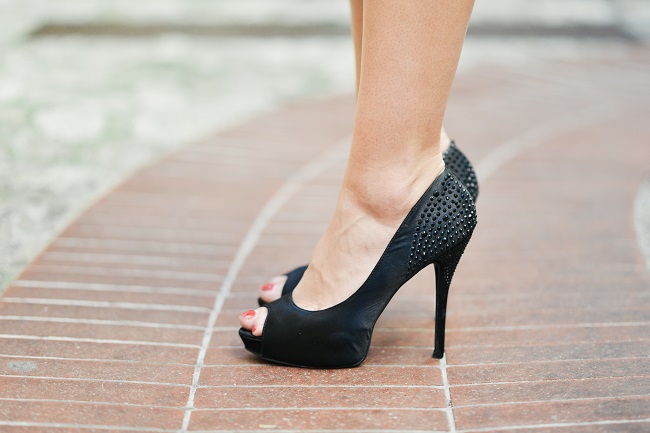Office dress codes around the world have always existed in some shape or form.
Businesses like American Apparel and Abercrombie & Fitch have guidelines that state things like, “eyebrows must not be overplucked,” and staff must wear clothing “consistent with the current fashion season and colour”. It was only in 2012 that Disney allowed its male employees to grow a beard or not be clean-shaven, while Newsweek’s new owners in 2013 banned miniskirts, baseball caps and “neglected hair”.
Now, thanks to a proposed law in Canada and a petition in the UK, the topic of workplace dress codes has been brought to light again.
In British Columbia, a recently proposed law to bring an end to workplace discrimination and dress codes is getting support, while a UK protest against forcing female employees to wear high heels led to a parliamentary debate. In fact, on March 8th the British Columbia Green Party leader Andrew Weaver introduced a bill to ensure “employers do not set varying footwear requirements for their employees based on gender, gender expression or gender identity”.
So, what the big deal about what people wear to work?
Well, dress codes likely began as a way to show customers and people outside various offices that the people who worked there were professional, reliable and trustworthy. In many cases, a dress code is often enforced to create a sense of harmony and collaboration – kind of like a school uniform, where no one can get picked on about how they look if everyone looks the same. Some businesses say this has a knock-on effect to productivity.
The issue comes to light, however, when businesses in today’s modern age continue to impose outdated or sexist dress codes, such as not letting women wear trousers or forcing them to wear high heels.
Casual Fridays
Many businesses across various industries introduced the idea of a more business casual day – at least one per week – in an attempt to give employees more freedom with their attire.
There’s no doubt that in some offices, typically in a more traditional setting, this arrangement can work. But more often than not, companies don’t truly encourage the casual attire, and it can end up driving a wedge between employers and employees, rather than make them happier and more productive.
In fact, there’s not a lot of proof that strict dress codes equal higher productivity – but there is proof of the opposite. Take Google, for example. The search giant’s lack of formal dress code means employees are often working in shorts and flip flops, but it certainly hasn’t hindered the business. It’s constantly ranked as one of the best companies in the world to work for.
But what you wear does matter
While your office might not have a strict dress code, what you wear to work or to an interview does have an impact on how you are perceived by others, or your likelihood at landing that job.
Even if you work in a casual setting – say, an advertising agency – it still might not do you any favours to strut around in baggy jeans and stained t-shirts. Being presentable and professional should always be important. Besides, it’s possible to dress casual and not look like a slob!
On the other hand, if you work at a more traditional business, such as a bank, you might not have a formal dress code, but could find yourself being held back by not adhering to certain unspoken rules.
Rightly or wrongly, the topic of dress codes is still being debated. Our advice? Stay professional, no matter what. If you have an issue with your company’s dress code, take the time to chat about it in a civilised manner with your corporate HR, rather than outright protesting it. Chances are you can come to happy medium!





